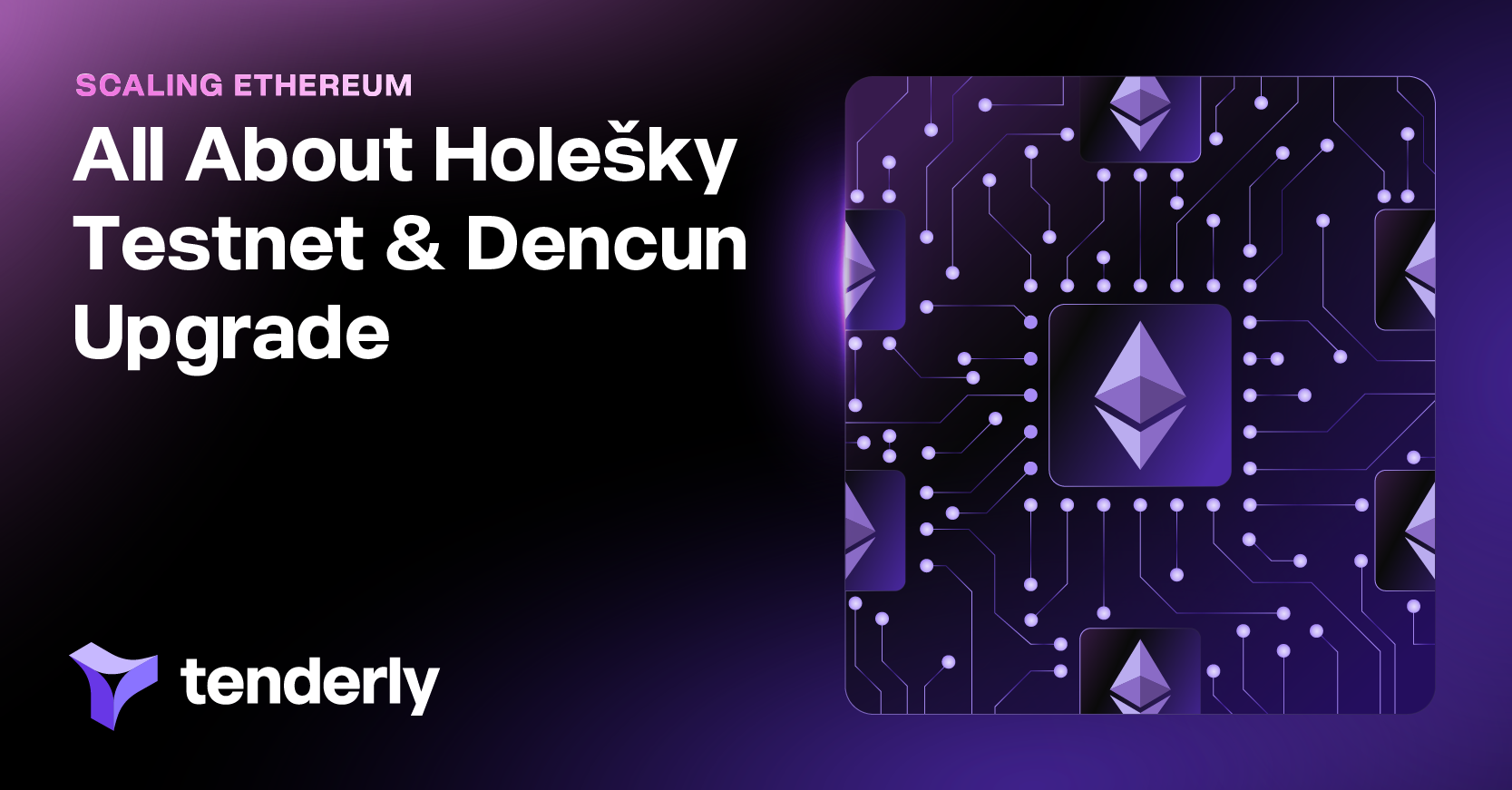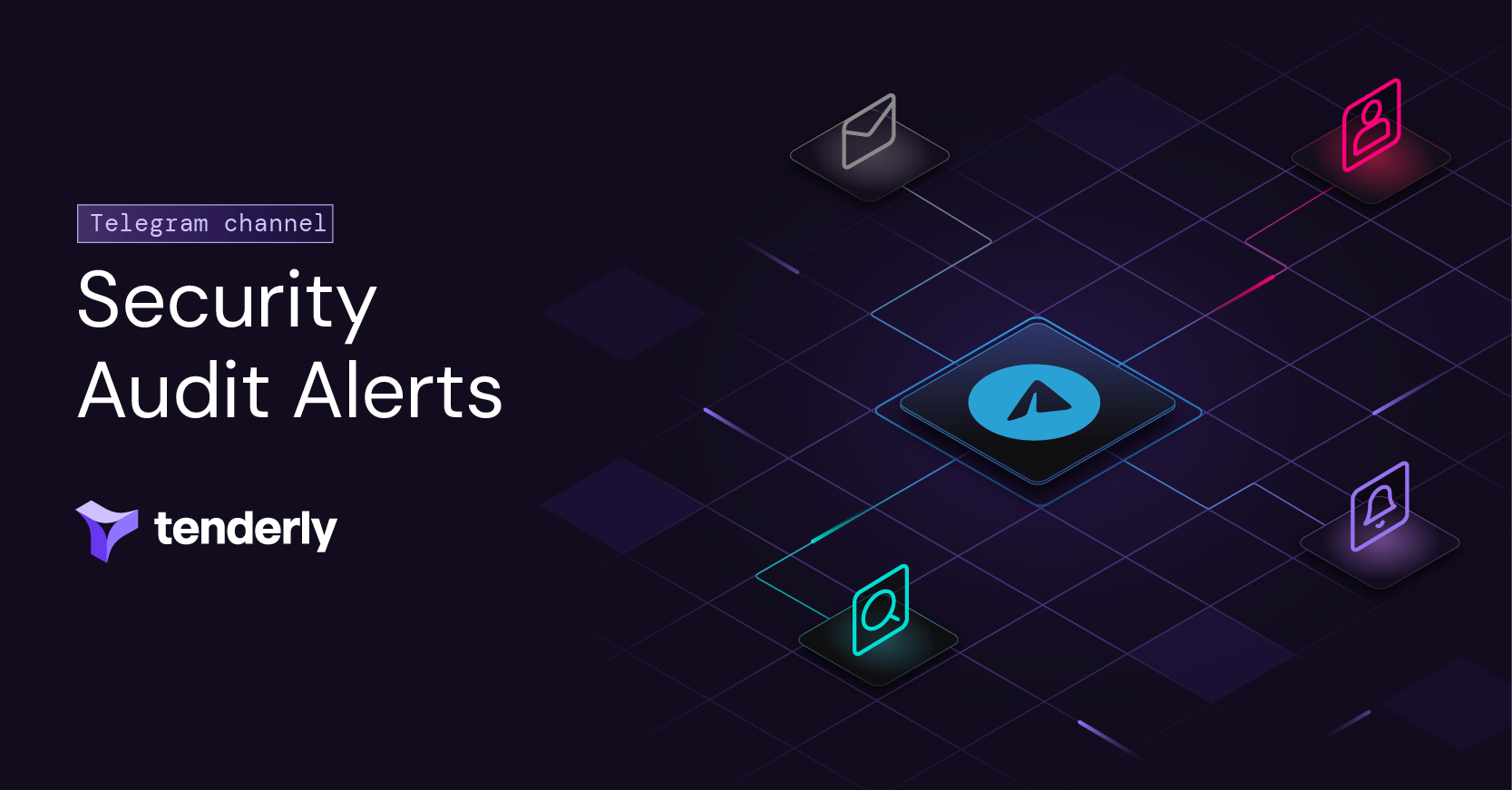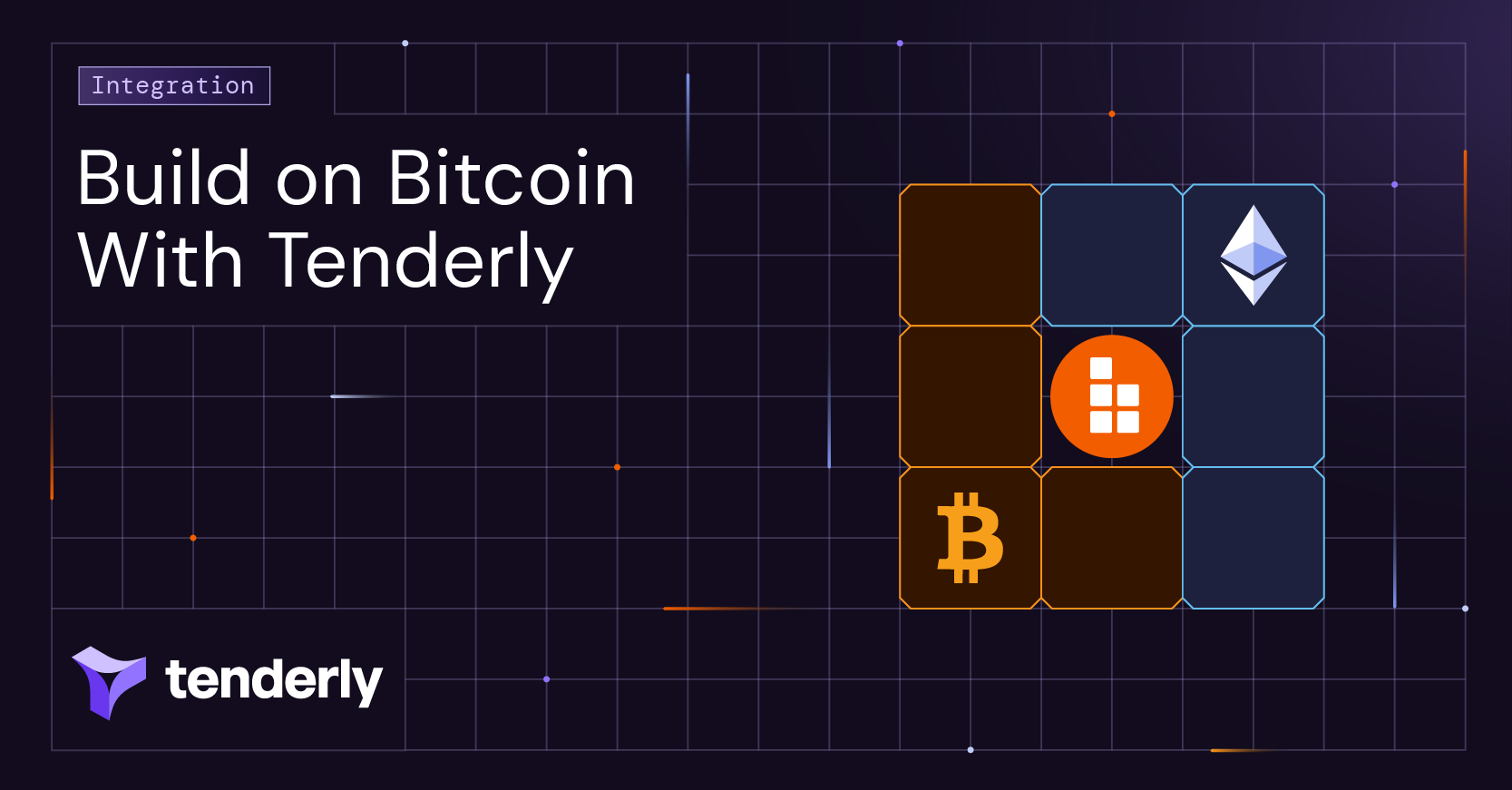The Holešky network is a new Ethereum testnet launched on September 28th, 2023 and added to the list of our supported networks. It’s the first public testnet based on the Proof-of-Stake system since genesis. Having 1.4 million validators, more than Ethereum Mainnet itself, it should replicate live-network conditions and facilitate real-world testing scenarios.
Holešky is intended to replace Goerli for testing protocol, staking, and infrastructure development. On the other hand, Sepolia remains operational for dapp and smart contract testing.
But, why yet another network? What does it mean for Ethereum developers and the wider ecosystem? And, more importantly, are there any other more permanent and reliable solutions?
Why another public testnet?
With the Holešky testnet, Ethereum developers can test more realistic scenarios since the testnet replicates the same conditions as Ethereum Mainnet post-Merge. Thanks to more rigorous and extensive testing, protocol, infrastructure, and staking upgrades should behave in pretty much the same way once deployed to Mainnet.
Additionally, Holešky solves some of the issues that Web3 developers faced with Goerli. For instance, the shortage of Goerli test ethers has forced developers to spend more time obtaining tokens and even pay for them.
Most importantly, Holešky is also set to go through the Dencun upgrade. With this upgrade, Ethereum core developers will tackle Ethereum scalability on an L1 network for the first time.
What is the Ethereum Dencun upgrade?
The Dencun upgrade is the upcoming hard fork that will be tested on the Holešky testnet. It actually consists of the Cancun upgrade focused on the execution layer and the Dencun upgrade targeted at the consensus layer.
The upgrade brings multiple EIPs, with proto-danksharding being the most anticipated one. This is the first time devs are addressing the scalability issues on L1, which has been an ongoing problem causing high gas price volatility.
Here are some notable EIPs included in the Dencun upgrade:
- Proto-danksharding and blob transactions: Using data blobs, proto-danksharding allows for more efficient data storage, which will significantly reduce gas fees.
- Self-destruct deactivation: Mapping and removing state upon executing the selfdestruct opcode have been an issue for client developers. With this EIP, the opcode will be deactivated (unless it’s called within the same transaction). This will significantly optimize data storage.
- Transient storage: This EIP also improves gas efficiency by enabling transient storage that automatically gets discarded after a transaction.
What is expected for Layer 2 solutions after the Dencun upgrade?
The Dencun hard fork addresses scalability issues on an L1 network for the first time. By introducing the EIP-4844, the new type of transactions will allow L2 solutions to store transaction data on L1 in a much more cost-efficient way. This will also lower the cost of transaction execution on L2, which will open up new use cases for the Ethereum blockchain.
However, given the complexity of blockchain technology, it’s impossible to scale Ethereum and keep a single network without running into the blockchain trilemma. For this reason, layering solutions have been the main path forward for scaling Ethereum.
And building the multichain future introduces another layer of complexity into an already complicated system. So, as blockchain technology continues to grow so will the need for infrastructure and developer tooling.
Is this the last public testnet?
Shortly – no. The Holešky testnet is one of the many public testnets, following Sepolia, Goerli, Ropsten, Rinkeby, and others. Aside from Sepolia, all of these testnets have been deprecated, with Goerli being on extended life support.
Unfortunately, Holešky isn’t a permanent solution either. The network already has its own end date – it will be deprecated in 2028. And while there have been proposals to extend the lifespan of testnets, Web3 developers still face many issues, including short deprecation notices, token supply shortages, and long deployment times.
With so many projects depending on underlying protocols, you need to wait for all of them to finish their deployments. These external dependencies condition your own deployment, greatly slowing down your testing and dapp development process.
Testing doesn’t have to be frustrating
All of this begs the question – can we do better? With so many innovative teams working on bringing blockchain technology to global adoption, is there a way to support them in a more scalable way? Is there a way to test in production, but better?
As we try to answer these questions, we continue working toward more efficient solutions that will facilitate testing for Web3 developers. Stay tuned.




